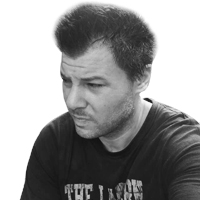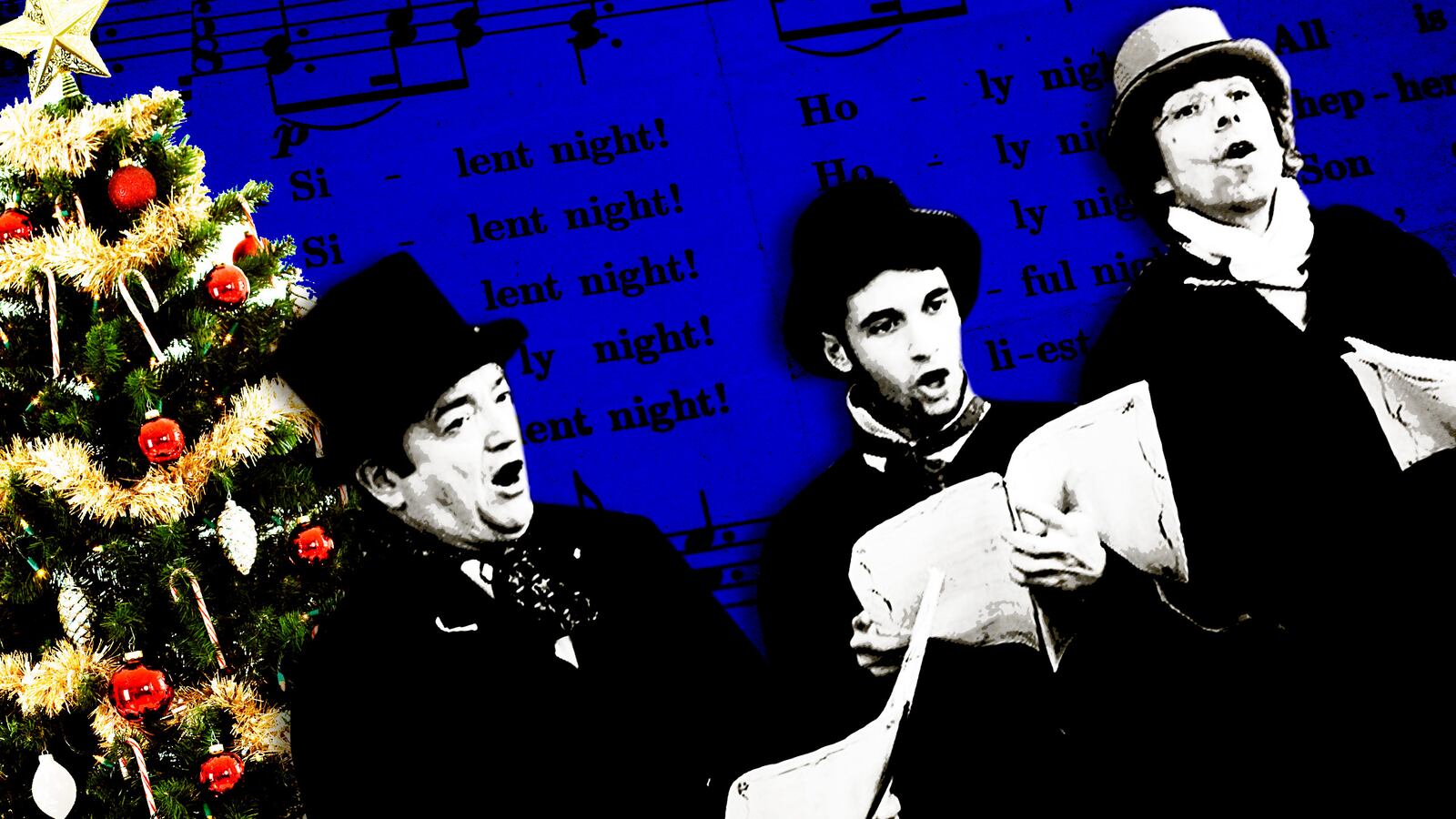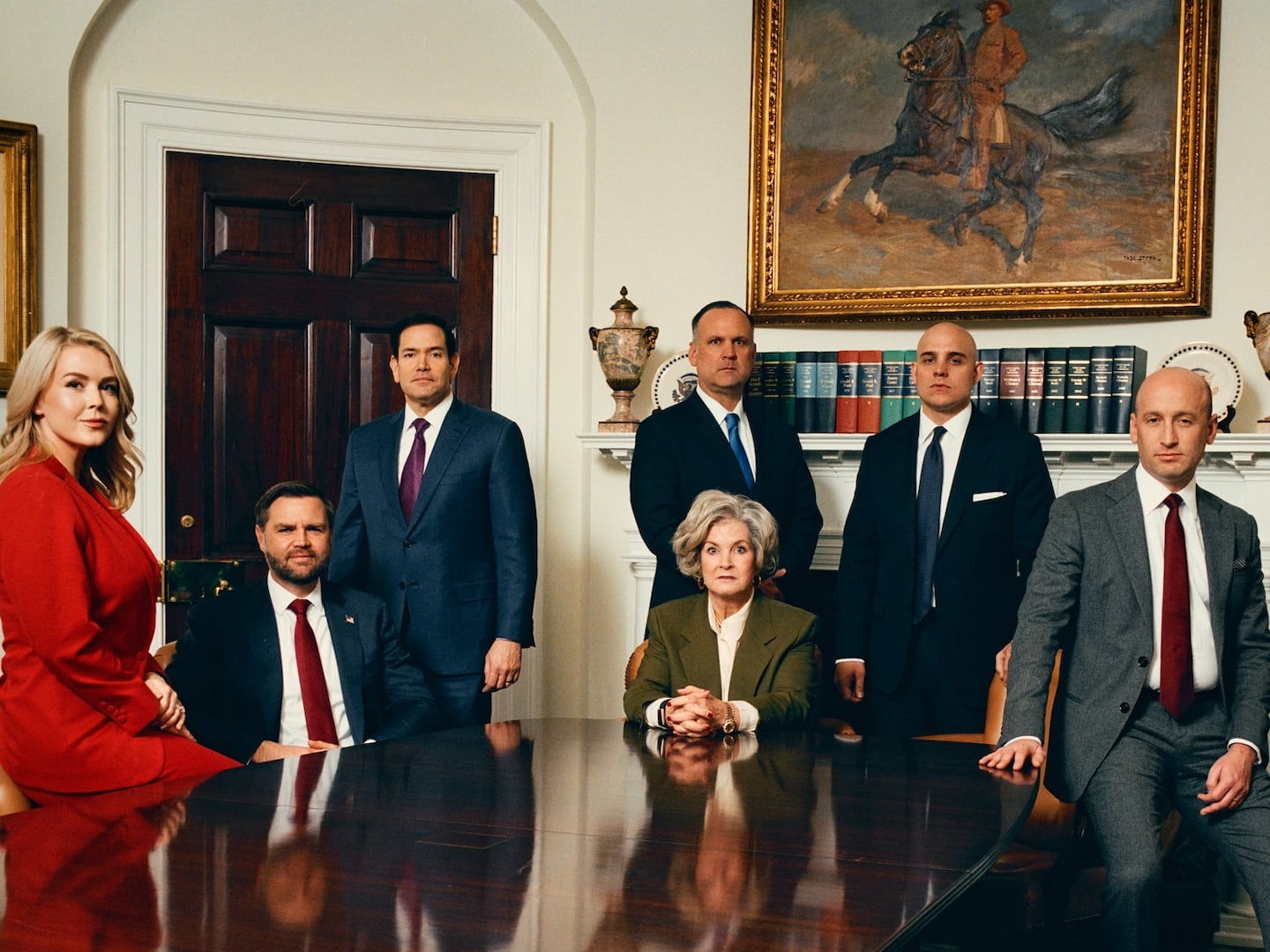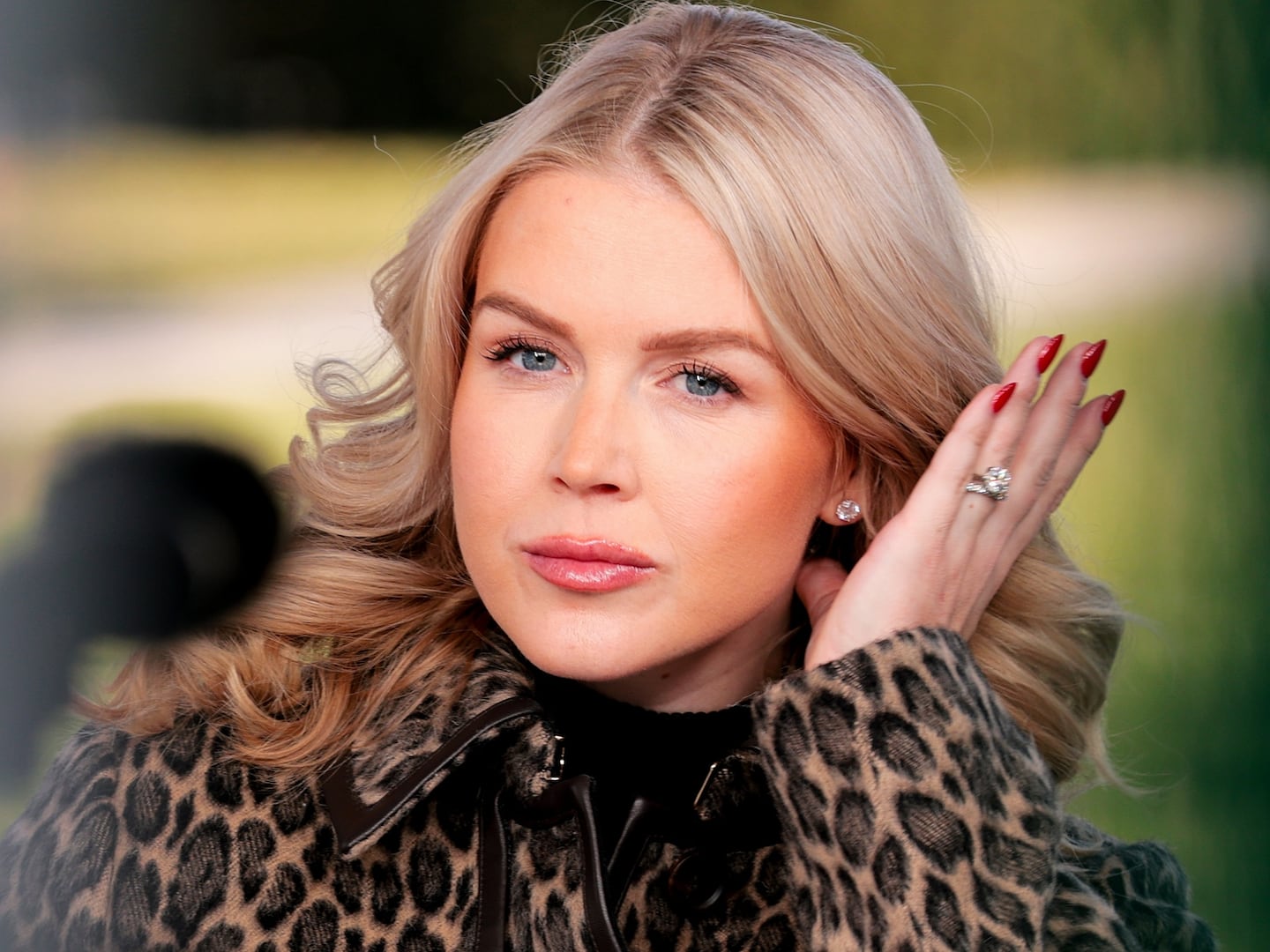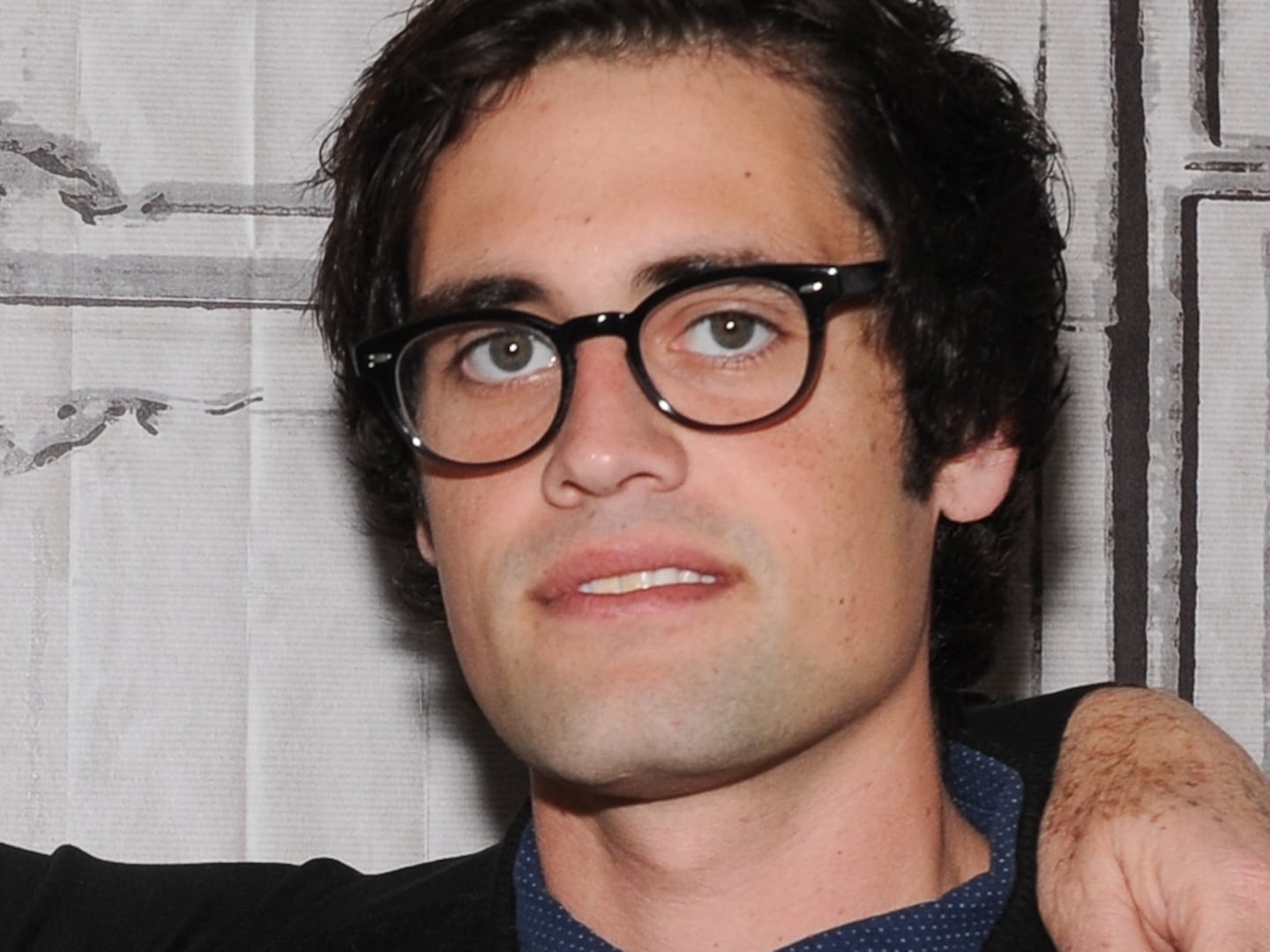Two hundred years ago, in a small Austrian church, the greatest of Christmas carols entered the world.
Do you ever notice at Christmastime how people will term almost any holiday-related song a carol? Working at the Starbucks the other day, I overheard a woman on a phone declare, rather aggressively, “I’m just in a café and they’re blasting Christmas carols,” as Burl Ives wished one and all a holly, jolly Christmas. Not in a carol way. The musical season of Christmas can take on the feel of marching evergreens in some holiday battle royale to see—to borrow a line from the Peanuts gang—who can be the evergreeniest. Look out—here comes Nat King Cole with “The Christmas Song,” Bing Crosby is powering back with “White Christmas,” Brenda Lee strikes next with “Rockin’ Around the Christmas Tree.”
What we often get in our tunes at Christmas are minor-key melodies that nonetheless don’t make us feel sad. They encase hope, gentleness, and when they serve to remind us of where we may be going astray, they do so through whispers and friendly tones. They are soft, rather than hard-packed snowballs, the kind that you lob at your kid brother so as to get him, but not to hurt him. Official carols—the songs that we might hear in a church setting, or that we associate with people going a’wassailing—are shaded even more toward minor keys. Some feel as though they’ve stepped out from a grove of evergreens on a dark Christmas night, to be aired in front of a few parishioners who come from a time long before Rudolph.

A stained-glass window showing a portrait of composer Franz Xaver Gruber at the Silent Night Memorial Chapel in the Austrian village of Oberndorf.
Joe Klamar/AFP/GettyAnd that’s exactly how it went 200 years ago, on Christmas Eve 1818, when “Silent Night,” our greatest carol, came into the world—birthed not in a manger, but in what we may think of as a simple, rustic, folk way. Franz Xaver Gruber was a schoolmaster and organist in Oberndorf, a small, out-of-the-way town in Austria, on the edge of the Salzach river. This is the kind of person who would have had a lot of utility in such a place, and was likely stretched quite thin. Being schoolmaster had an element of rearing to it, the guiding of young people in ways that exceeded the mere learning of lessons, though there was plenty of that, too. Mix in the organist component, and it’s likely that Gruber was the fellow you tapped for all your musical needs in the village, your sonic handyman/contractor. He must have played at a lot of weddings and a lot of funerals. He was energetic, and he was open.
He also had a friend who had come to Oberndorf in 1817. This friend was a young priest, Joseph Mohr, and it makes a certain amount of sense that these two would be drawn to each other. They would have been the more artistically inclined members of the community.
In the last Austrian town from which he had come, Mohr had written not quite a poem, and not quite the lyrics to a musical work. These words meant a great deal to the young priest. We are not entirely sure what compelled him to write them. They come from the dark night of the soul, of a time of personal existence so still, so quiet, that anyone encountering these words has the sensation of all movement having been surceased.
I do not know if Mohr asked others to aid him in what is tantamount to the journey of his words. He may have inquired of anyone who seemed skilled at all with music. Or he may have been waiting for a person he believed could create something of overleaping depth—not the contradiction it seems to be—in symbiosis with what he had composed. Suffice it to say, in that small Austrian town, on Christmas Eve, Mohr requested Gruber’s assistance. He had, on the one hand, the idea of giving his church audience something new for the Midnight Mass to mark the close of his first full year in their town, as their priest; on the other, he may have also known he was giving the world at large something quite larger still.
Gruber looked over the text, titled “Stille Nacht.” The words, each akin to a highly personalized—and yet achingly universal—form of musical vesper, didn’t seem right for his organ. Something more stilling was needed, plaintive, but not dolorously so; something that would allow the text to strike that universal chord. Gruber opted to write a melody on his guitar.
That melody utilized some of the blue notes one hears in gospel music. The off-beats are accented, but in a subtle, clipped way. The feeling is of a secular canticle, which just happens to touch on a bit of literary history involving a child in a manger, though the point is hardly that particular child, but rather that child within all of us who retains the keys to our capacity for wonder.
They had created the ultimate musical de-scaling—the carol version of a beam of light, and that beam first came into this world on Christmas Eve 1818, in the St Nicholas church where Gruber and Mohr had talked of architecture and stained glass.
Karl Mauracher was a man who serviced Gruber’s organ. Eventually, he heard the new carol, and asked the pair for a copy of the music. This he took home with him to Zillertal, a passing grounds for traveling families of musicians. Two of these—the Strassers and the Rainers—were also taken aback by what they heard, and it became a component of their shows throughout the next year.
It would end up being performed in front of kings, this carol about the king of kings in all of us. By 1839, it had made its way to the United States. By this point, no one knew where the original manuscript was, and Mohr’s name was removed from the story. Gruber’s remained, but the assumption was that he had had some help with the melody—that is, he borrowed parts of it—from Haydn or Mozart or Beethoven. And yet, there was nothing in the output of these composers that suggested they ever wrote anything like this.
The year 1859 saw an English translation by John Freeman Young, an Episcopalian priest in Manhattan, made up of three of Mohr’s original six verses. It would not be until 1995 that the original score was discovered, and Mohr, who had a vision as surely as any shepherds once did in a field, took his place, in this particular crèche of music history, where he belonged.
